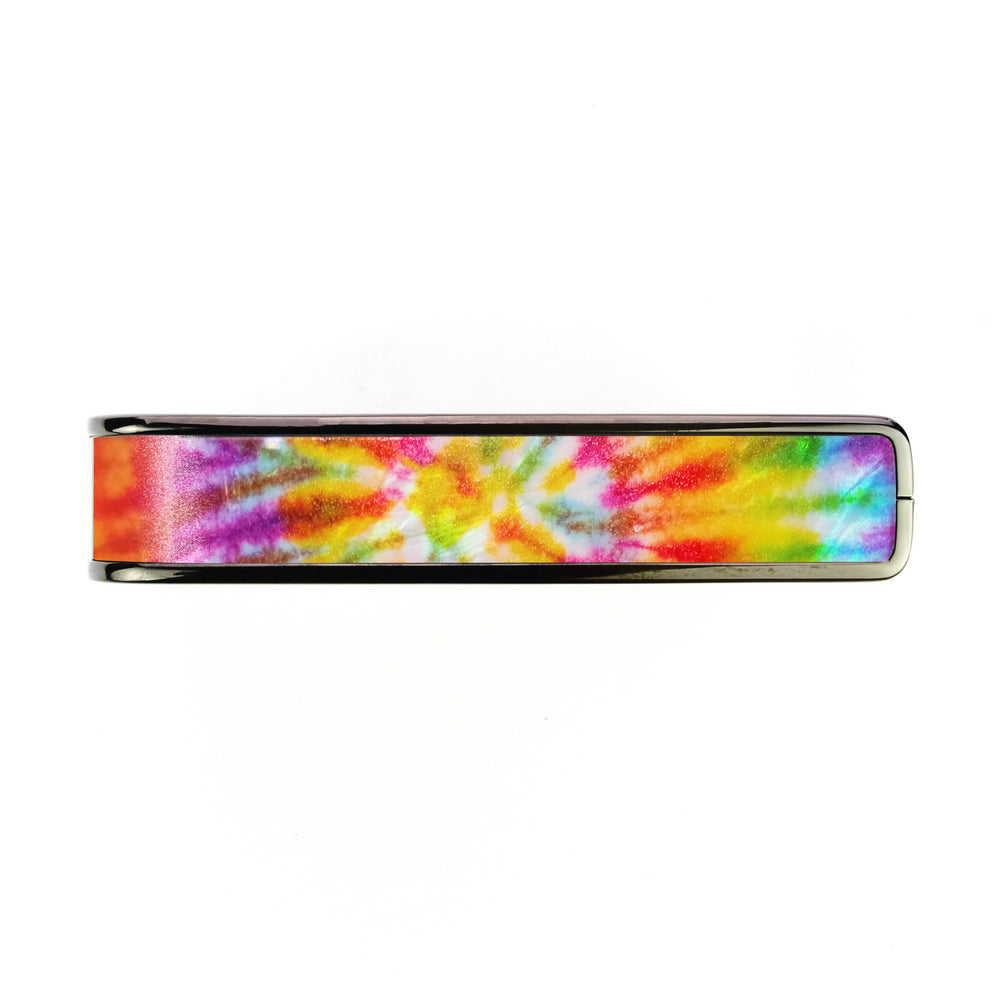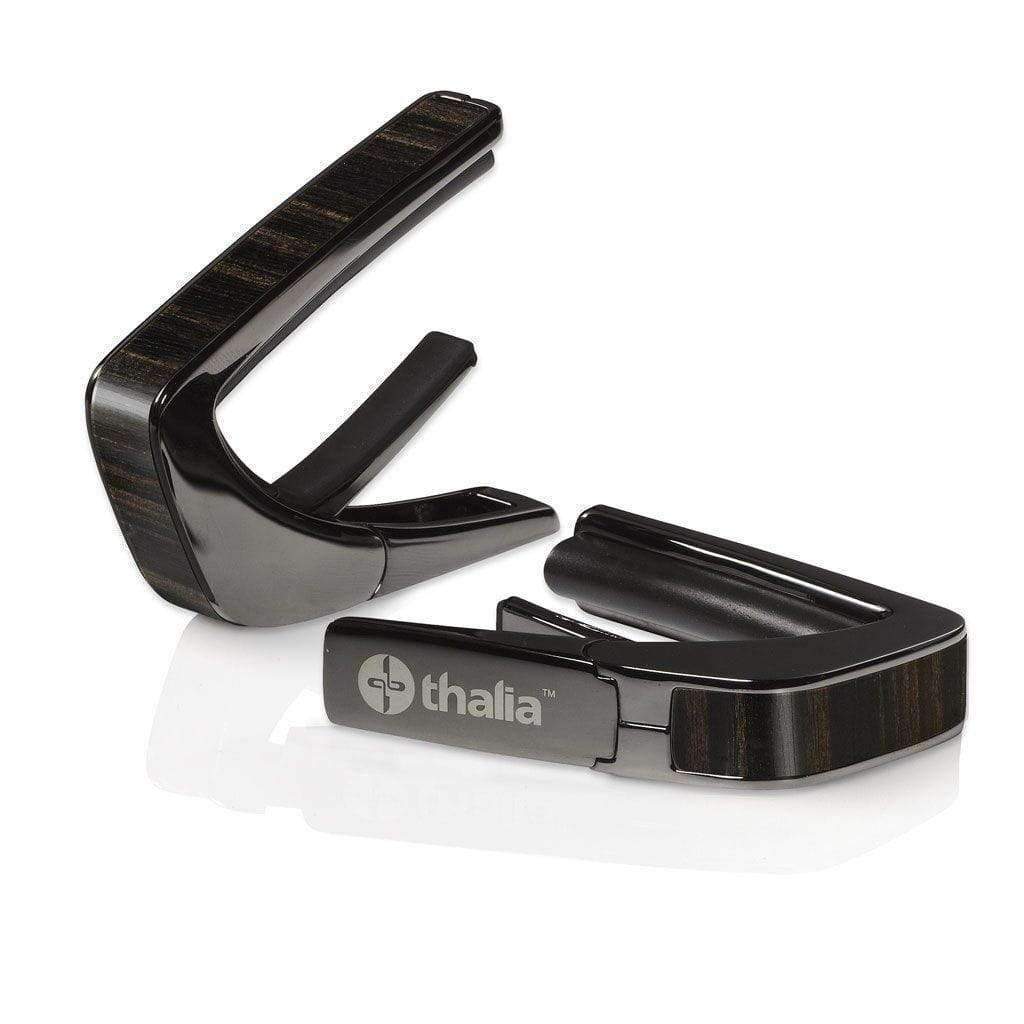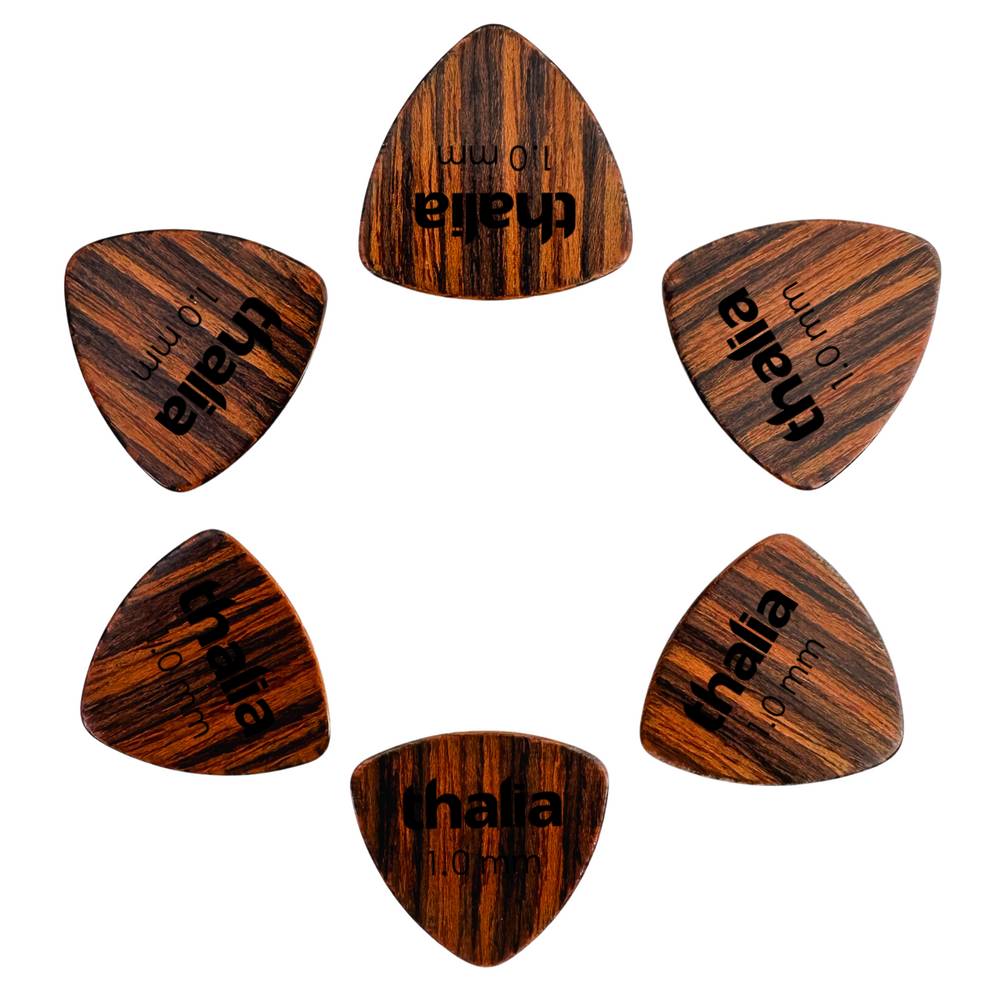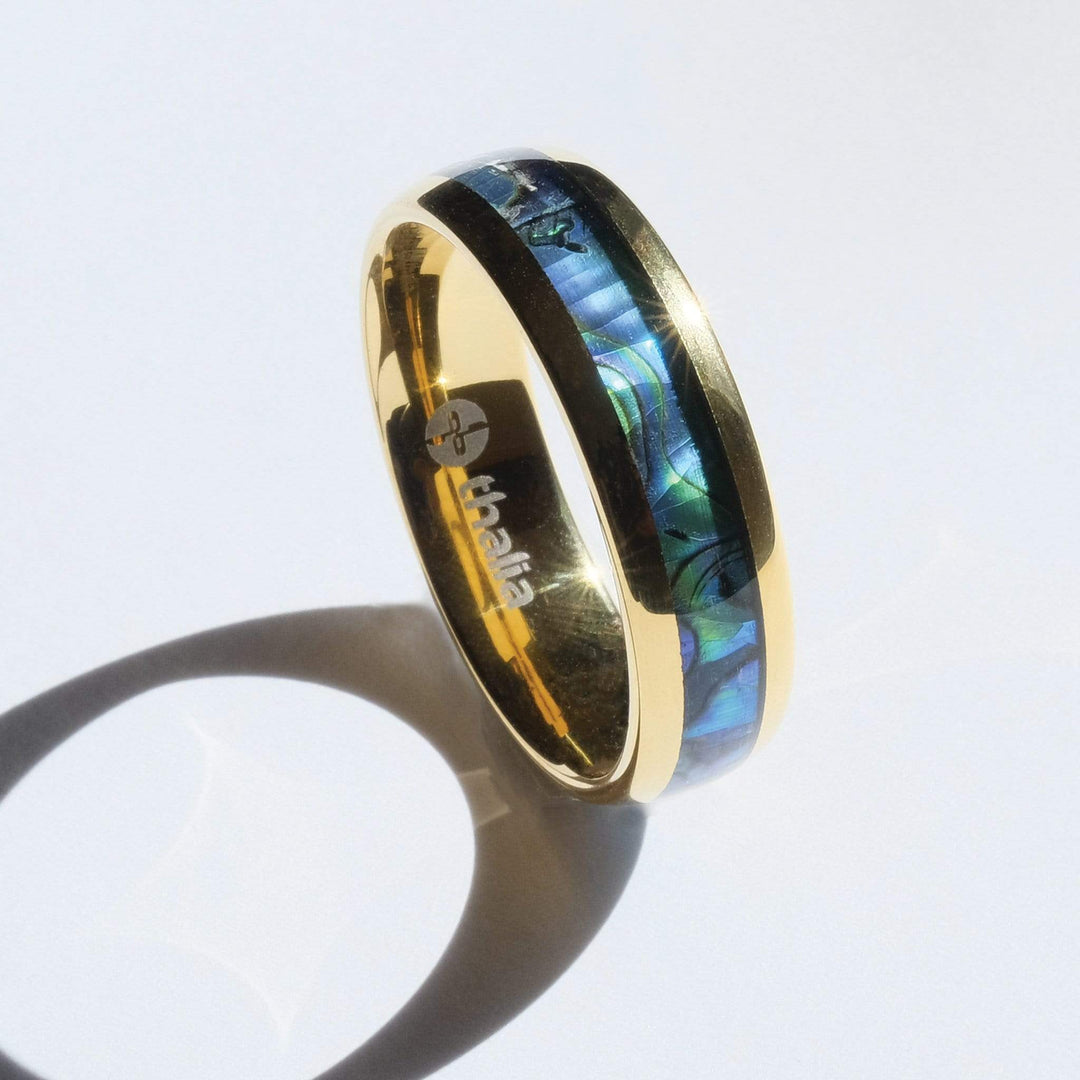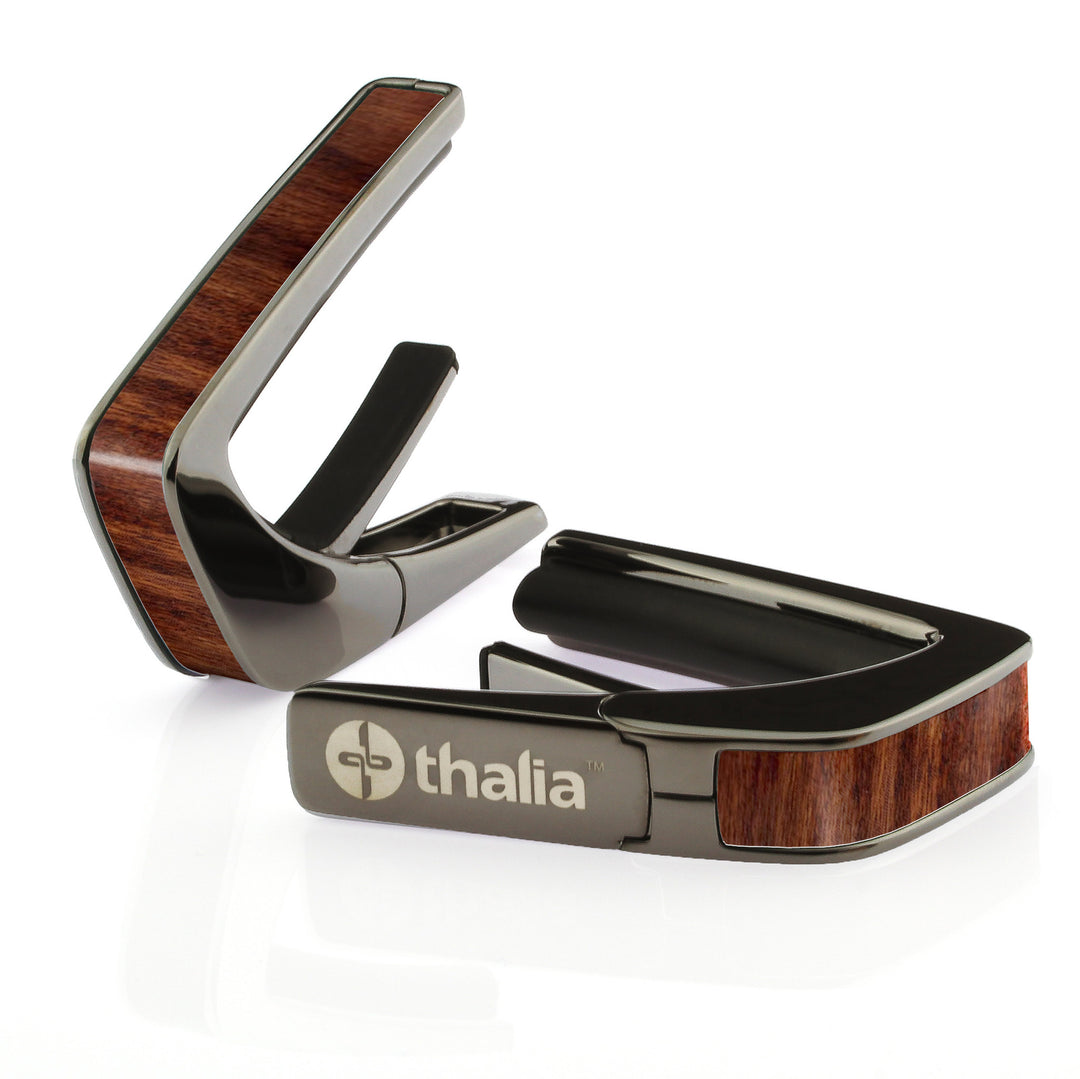Tommy Emmanuel Interview (Part 1)
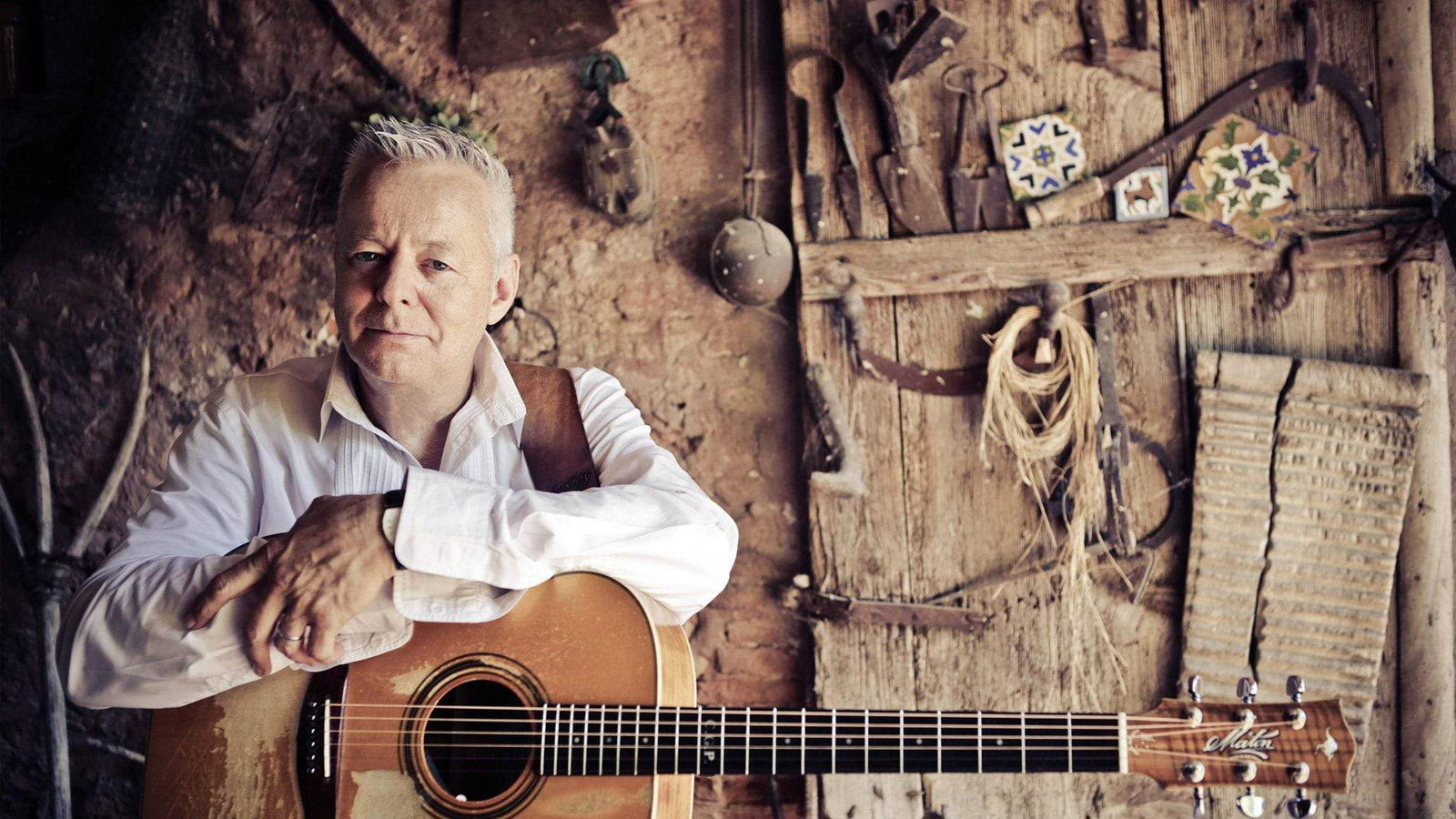
At the tail end of last year, Thalia Capos had the privilege of talking to the legendary Tommy Emmanuel while he was on tour with Jerry Douglas. Over the course of an hour, we got into everything from Chet Atkins to YouTube stardom, by way of practice routines, electric versus acoustic playing and advice for aspiring guitarists.
Over the next few editions of this blog, we’ll be printing the transcript of that interview. So without further ado, let’s dive in with part one!
Normally I’d start an interview by asking what first drew you to the guitar, but your story is very different. You got your first guitar at four, were a working, professional musician in the family band by the age of six…
TE: Correct
I was wondering if I could talk to you about that and how it influenced your playing? It’s such a unique entry into the world of guitar playing…
TE: Starting at such a young age, we really were influenced by the Shadows in those days. I was listening to Shadows records and trying to work out Bruce Welch’s rhythm parts while my brother [Phil Emmanuel] was learning Hank Marvin’s lead parts, and we were just learning song after song. Then, once we got a handle on it, we’d learn any good melody that we liked – like when we heard Marty Robinson’s ‘Gunfighter Ballads…’ album – we learned “El Paso,” “San Angelo,” “Little Green Valley” and all those early songs from that record. That’s how we learned to play the guitar really, and I still do the same thing.
 |
|
The legendary Tommy Emmanuel performing on stage. |
I learned how to back a singer and stuff like that. That was the most important thing in those days. Learn how to back a singer, learn the chord structures and try to be a good accompanist; that was what my mission was, I guess. I mean I was so young; I didn’t have any formal training. I was just learning songs from the radio so we could play whatever was popular at that time. That’s how we all learned about music and playing songs that the public would like. In those early days, the fun of it and the challenge of it was just learning new songs.
I was really lucky that I had an older brother who could work out stuff so quickly. That’s how Phil and I developed our musical styles was through learning songs and him needing me to back him properly.
You played drums for a while when playing with Phil in Goldrush, didn’t you?
TE: Yeah, and in other bands as well. I started drums when I was about six. My eldest brother Chris would let me get on the drums and show me how to hold the sticks and do this and that. Then The Surfaris’ “Wipeout” came out in 1963. We learned that and it became the last song of the set in the first half of the show. I was so young that I’d only play the first half of the show. Then I’d have to go to bed on the back seat of the car out beside the hall; the others would play the rest of the show without me with another person. I used to finish the first set by playing a song on lead, then I’d play my sister’s lap steel guitar. Then, I’d jump on the drums and finish the set with “Wipeout.” The crowd would go wild and I’d hop on the back seat of the car and go to sleep.
How old were you at this point?
TE: Six or seven.
Wow. So music has been in your life from pretty much the get go…
TE: Totally. My mother brought me home from the hospital, and I wouldn’t go to sleep unless she put my pram in front of the record player and put a stack of records on. She would strap me in half sitting up. Then I’d listen to the music and fall asleep. Then, when the side finished, I’d wake up and howl my lungs out until she came over, turned the record over and played the other side. My mother actually told me that my first words were “turn it over.”
It’s like it’s intrinsic to you! The music is very much a part of your being.
TE: Music has saved my life many times I reckon. It’s kept me going and got me through hard times. Playing music, writing music and teaching music has been a wonderful part of my life and it still is.
To come back to your formative years, you’ve talked about the Shadows and Hank Marvin. But, the other great influence in your life is, of course, Chet Atkins.
TE: Yeah.
Can we talk for a bit about Chet and the fascinating story of how your two careers became intertwined?
TE: When I was a kid, I heard Chet on the radio and I had an epiphany. I said to my dad, “I don’t know what that is, but that’s what I’m supposed to do.” And I knew it. When I met Chet in 1980, he told me the same story. He’d heard Mearle Travis and he said his dad, “I’ve got to do that. That’s what I’ve got to do.” It seemed like our destiny somehow. I said to my mum when I was ten, “I’m gonna meet him and we’re gonna play together.” She looked at me and said, “I bet you will.” She was always encouraging. She would never say, “that’ll never happen.”
 When my dad passed away, I wrote a fan letter to Chet. On the envelope I wrote: “Chet Atkins. Nashville. America.” That was all I wrote, and he got it! He wrote back to me and sent me a signed photograph and everything. From there, we became pen pals. When I was eighteen, unknown to me, a friend of mine recorded a tape of me playing in his lounge room and sent it to Chet. Then I got a letter out of the blue from Chet saying, “When you get to Nashville, call me. Here’s my office number,” and I’m like “wow, what the hell is this?”
When my dad passed away, I wrote a fan letter to Chet. On the envelope I wrote: “Chet Atkins. Nashville. America.” That was all I wrote, and he got it! He wrote back to me and sent me a signed photograph and everything. From there, we became pen pals. When I was eighteen, unknown to me, a friend of mine recorded a tape of me playing in his lounge room and sent it to Chet. Then I got a letter out of the blue from Chet saying, “When you get to Nashville, call me. Here’s my office number,” and I’m like “wow, what the hell is this?”
So I eventually got to Nashville, called him and he was true to his word. He said, “where are you?” I said, “I’m just down the road.” So he said, “come down to the office, I’ll see you right now.” He came down the stairs carrying one of his guitars, put his arm around me and said, “do you want to pick a little?” And we did. All afternoon. It was great.
It’s incredible how receptive he was to that and to your letter. It’s crazy to think, especially in this day and age, that you effectively became pen pals with your guitar idol.
TE: You have to remember that, in those days, Chet Atkins was the name on everyone’s lips. He was the greatest guitar player of all time. His records sounded better than anyone else’s. He was just such an innovator and a great producer in those days. People would dismiss it because it was so good. They’d say, “it’s a recording trick, you can’t actually do that stuff. It’s all a trick.” But I could hear it – I don’t know how to explain it – but I could hear he was playing everything at once. I started trying to work it out with a plectrum and I was getting there. Then, eventually I saw a picture of him with a thumb pick, and then the horse bolted out of the gate. Once I got a thumb pick, I was off.
To eventually get the call from him to record with him was my dream come true. It was a great, great thrill. To this day, I still look at it and go “did that really happen?”
The “pinch me, I’m dreaming moment…”
TE: Yeah!
That’s it for part one. Make sure to check back for part two of Thalia Capos Meets… Tommy Emmanuel!







